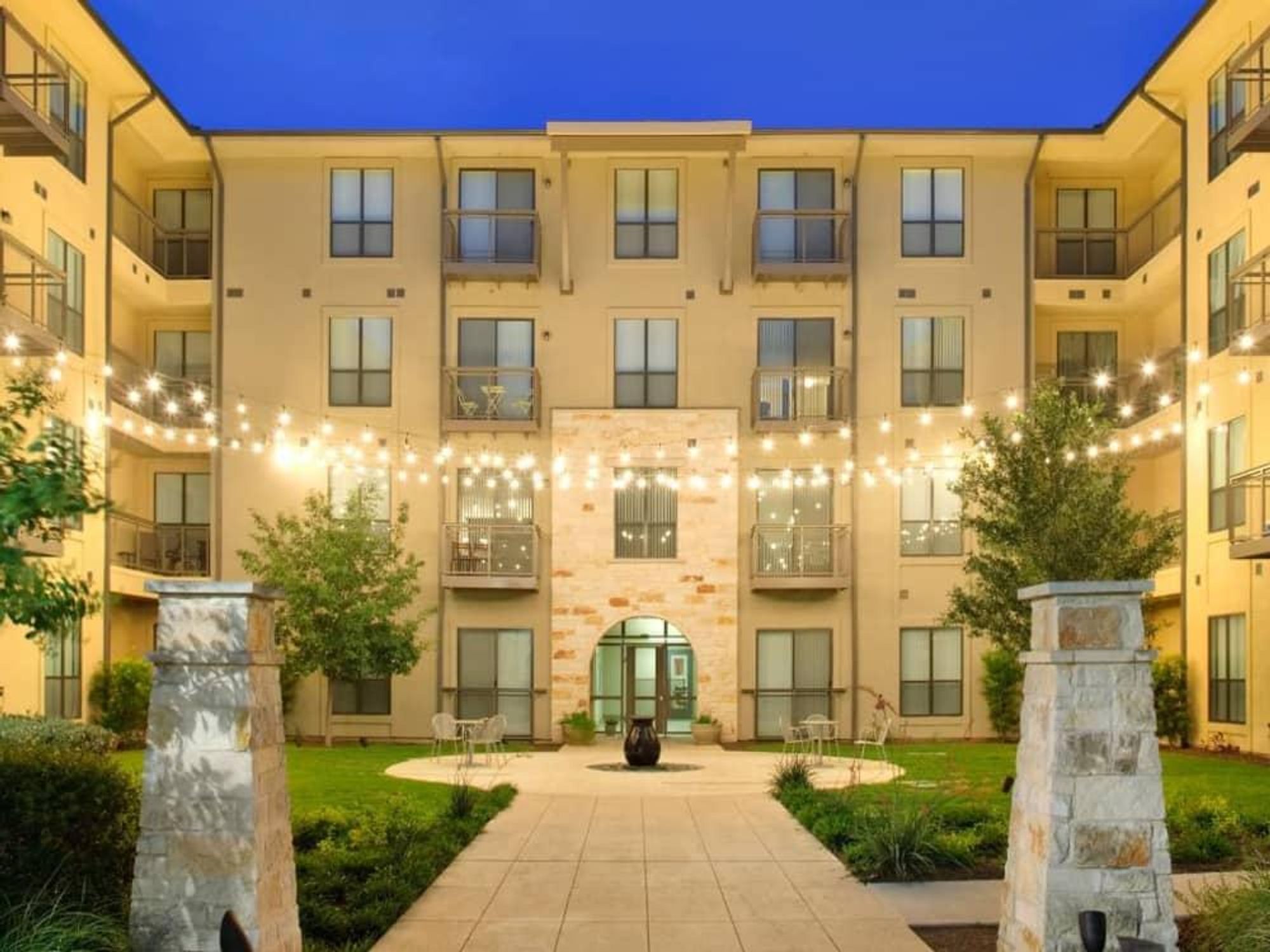Rent Report
Can millennials and baby boomers afford rent in Austin?

As anyone who’s looked for an apartment in the last 10 years knows, rents are on the rise. And it’s not just Austin apartments — nationally, sustained growth in the renter population has helped increase rents in cities of all sizes and locales. According to the U.S. Census Bureau’s American Community Survey, a whopping 35 percent of American households are renter-occupied. And nearly half of those households — 47.1 percent, to be exact — are cost-burdened, which means they spend more than 30 percent of their monthly income on rent.
Apartment experts Abodo recently released a study tracking those cost-burdened renters by generation. Renting is no longer only a young-person’s game — renters are staying in the market long past their 20s, and many older Americans are choosing to rent in retirement as they downsize. Abodo’s study looks at three broad age categories: millennials, Generation X, and baby boomers.
Almost two-thirds of millennials rent, with a median gross rent of $980 per month. And with a median income of $39,900, the percentage of renting millennials who face cost burdens is high: 46.5 percent.
But it’s even higher for boomers. Although a lower percentage of boomers rent (23.3 percent), almost half of those renters (49.1 percent) are cost-burdened. Such a burden might reflect renting boomers’ fixed incomes, as well as the high cost of assisted living in retirement. Of the three generations, boomers have the lowest median income ($33,000) and the lowest median rent ($890).
Generation X is somewhere in the middle. Just under 38 percent of them rent, which indicates that many have achieved the financial stability to put down payments on houses. (A median income of $44,470 doesn’t hurt.) Of the three generations, Gen X renters have the most expensive taste, paying a median rent of $1,050. Over 44 percent of those Gen X renters face cost burdens.
In Austin, Gen X renters are doing particularly well. Only 38.3 percent of are cost-burdened, compared to the 44.4 percent nationwide. The percentage of renting millennials facing a cost burden, 45.1 percent, is slightly lower than the national percentage of 46.5 percent. Only boomer renters are doing worse than the national numbers. In Austin, 50.1 percent of boomer renters are cost-burdened, compared with 49 percent nationwide.
With millennials putting off homeownership and boomers re-entering the rental market, the nation’s housing supply finds itself at an interesting crossroads. Will wage growth keep pace with housing costs nationally? And in Texas’ rapidly growing cities, will supply be able to match rapidly growing demand? Only time will tell.
